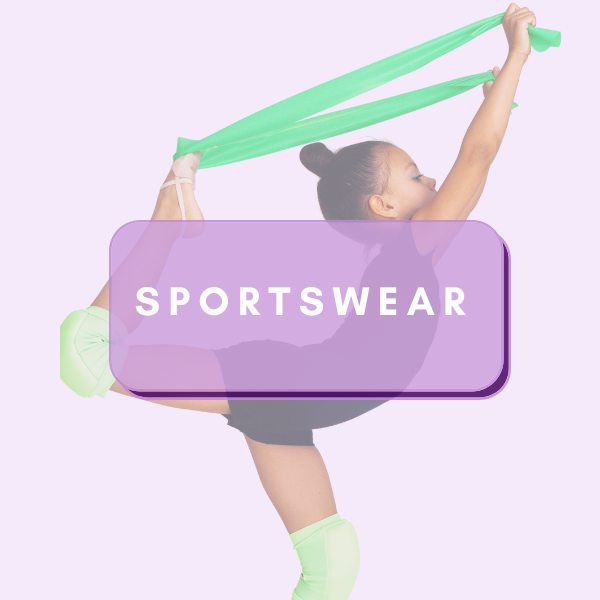Categories
Recent Articles
-
Rhythmic Gymnastics Halfshoes September 25, 2023
-
What do boys wear in gymnastics? August 10, 2023
-
How do I choose ice skates? July 21, 2023
Featured Products
Did you know?
Rhythmic gymnastics came from many different things, like ballet. It also came from the German way of using equipment and the Swedish way having freedom to work on rhythm.
Rhythmic gymnastics became official in 1963, and in 1964, the first competition happened. A gymnast from the Soviet Union named Ludmila Savinkova won.
The first time rhythmic gymnastics was in the Olympics was in 1984 in Los Angeles. That year, a Canadian gymnast called Lori Fung won.
Things to consider to ensure your kids get nutritional meal
A successful athlete is not defined by only their performance but their ability to lead a healthy and balanced lifestyle. Nutritious meals and snacks are important to sustain energy, for growth, and to develop into a healthy adult.
A balanced meal does not necessarily mean putting your kids on a strict diet, it means finding the perfect balance to give all the nutrients she needs to confidently perform as an athlete.
1. The Big three - Carbohydrates, protein and fats
There are three nutrients that are crucial for any athlete: carbohydrates, protein, and fats. All meals should consist of 50 to 60% of carbohydrates which mainly helps to fuel the brain and what muscles use for energy. Food such as
- whole wheat bread
- Whole wheat Pasta
- High-fiber breakfast cereals
contain complex carbohydrates and can easily boost your diet.

Additionally, snacking on nutritious, energy-rich foods such as a
- Banana
- Yogurt with granola and fruit
- Low-fat cheese and crackers
- Peanut butter and a honey sandwich
before and after practice will enhance her performance and replenish muscle stores.
Protein helps to develop muscles and tissues and most importantly helps to repair and strengthen muscles after continuous practice. Moreover, it also helps to maintain hormone and enzyme production. Below foods can easily add protein needed for your child.
- Lean meat
- Poultry
- Fish
- Eggs
- Beans
- Lentils
- Tofu
should be included in every meal to ensure your kids meet protein requirements. If you love fatty fish, it is the best protein for omega-3 fats. Omega-3 fats help to reduce swelling, inflammation and increase recovery.

Fats always had a bad reputation but it is essential for building body cells and nerves, insulating and protecting organs, and supporting absorption of vitamins. You need to find healthy fats like fatty fish, milk, olive oil, nuts, and seeds. Try to avoid unhealthy fats such as processed foods, desserts, or grief food as they can weigh your healthy meal plan down.
2. Water is crucial
Drinking pure water is the best as it provides lots of benefits. Our body can't process any nutrients without water. Staying hydrated also ensures keeping
- Joints limber
- Increasing stamina
- Improving coordination
- Reaction time
- Concentration
Also if you face lots of muscle cramps, it can be due to dehydration.
When we are dehydrated, our muscle strength, speed, energy, and cognitive processing decrease and increase the risk of injuries. Fruits and vegetables are also a great way to stay hydrated as they contain lots of water.

3. Healthy bones
Training helps to strengthen our bones and build but the other half depends on what we eat on a daily basis. Calcium and vitamin D are crucial nutrients that ensure your bone health. Calcium is found in
- Milk
- Leafy greens
- Cheese and yogurt
Vitamin D is found in
- Fatty fish
- Egg yolks
- Fortified foods like soy milk
These nutrients help form strong bones that not only enhance gymnastic performance and resist fractures, but also prevent osteoporosis later in life. Dairy foods also contain other essential nutrients such as riboflavin, a water-soluble B vitamin as well as phosphorus, vitamin A and vitamin D.




























